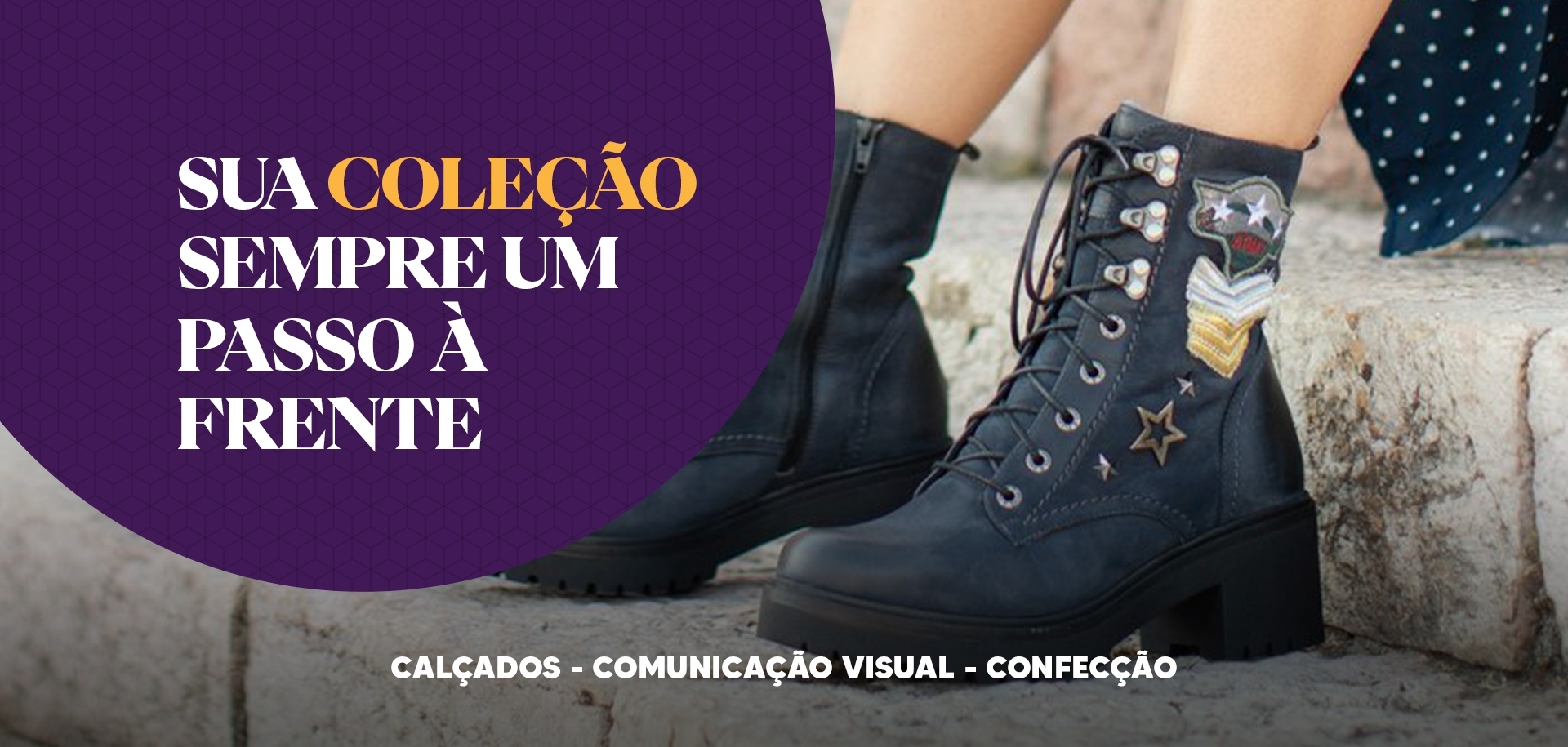


The arrival of millennials to the offices made the behavior change from head to toe. It is every day more common to find entrepreneurs or office workers using footwear that was previously acceptable only at informal and more relaxed moments: tennis. The most concrete examples of these changes are the Silicon Valley technology companies. They take seriously the rule of not having dress code, allowing people to feel as comfortable as possible in their workplace. That idea that technology companies are more stripped because they are composed of, mostly, young intellectuals, however, took greater proportions, and expanded to other executive sectors. Sports fashion began to gain space in other environments. From the point of view of the product as something more hybrid, and not only with sports performance, the comfort was gaining space in our day to day. With this new habit, there are more and more shelves reserved for tennis, where before it was possible to find high shoes or heels. Even in the most traditional footwear stores. The most traditional brands of footwear, of course, see in the trend an opportunity. For sports shoes giants such as Nike and Adidas, the most classic sneakers are an opportunity to escape from the fierce competition of income sports, which require constant research investment. For companies focused on other market niches, the opportunity is too good to be wasted. According to the sectoral footwear industry report, developed by the Abicalcados Market Intelligence area, 909 million pairs of shoes were produced in 2017, with shoes representing 10% of this total. Today, tennis represents 18.5% of the footwear market in Brazil. The women exchanged the jumps for tennis.
Source: Exam
